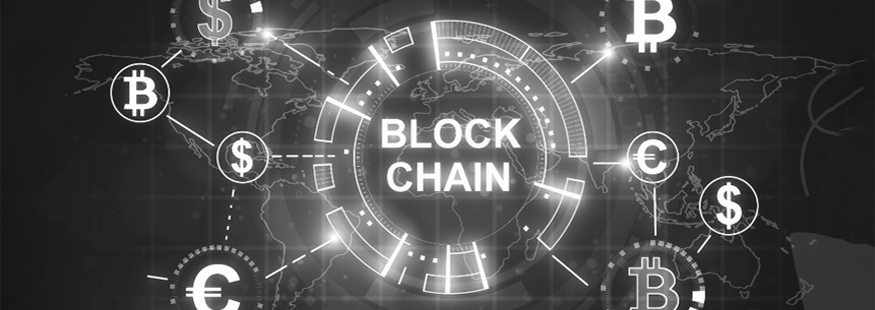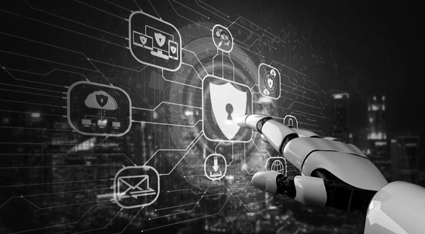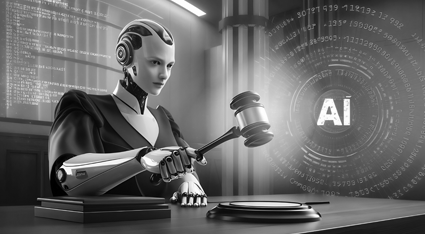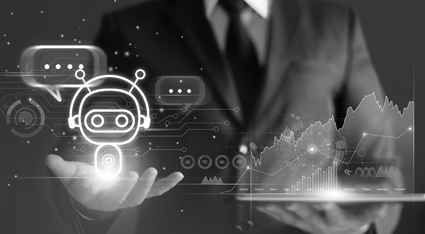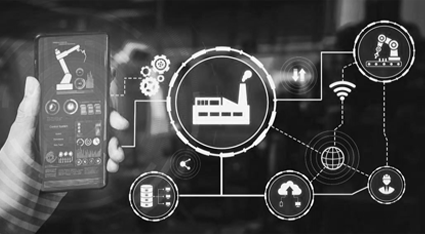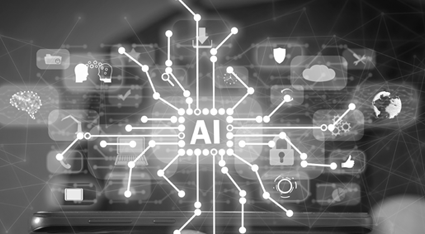Introduction
The convergence of AI, blockchain, and IoT is transforming how enterprises operate, secure their data, and automate real-time decision-making. These three technologies—when combined—offer unparalleled security, efficiency, and intelligence, making businesses more resilient and future-proof.
In 2025, enterprises that fail to integrate AI-driven analytics, blockchain-enabled security, and IoT-driven automation will struggle to compete in a fast-evolving digital landscape. Businesses must understand how to leverage these technologies together to build smarter, more secure, and autonomous systems.
How AI, Blockchain, and IoT Work Together
AI for Real-Time Decision-Making
AI enables enterprises to analyze real-time IoT data, optimize operations, and make predictive decisions. AI-driven analytics help businesses forecast machine failures, detect anomalies, and automate responses to changing conditions.
Blockchain for Data Security and Transparency
Blockchain secures IoT data by creating an immutable, tamper-proof ledger. Enterprises use blockchain to protect data from cyber threats, ensure regulatory compliance, and improve transparency in connected ecosystems.
IoT for Seamless Connectivity & Automation
IoT connects physical devices, sensors, and machines, collecting and transmitting data in real time. By integrating AI and blockchain, businesses can automate processes, track assets, and enable secure data sharing across networks.
Key Benefits of AI, Blockchain, and IoT Integration
Enhanced Security & Data Integrity
Blockchain ensures that IoT-generated data remains secure and tamper-proof, while AI continuously monitors for anomalies and cyber threats.
Real-Time, AI-Driven Automation
AI processes data collected by IoT devices to optimize business processes, reducing downtime and improving efficiency.
Smart Contracts for Automated Transactions
Blockchain-powered smart contracts enable secure, automated transactions between IoT-connected devices, eliminating the need for intermediaries and reducing operational costs.
Predictive Maintenance & Asset Tracking
AI-powered predictive analytics combined with IoT data helps businesses forecast equipment failures, optimize maintenance schedules, and extend the lifespan of industrial assets.
How Enterprises Can Implement AI, Blockchain, and IoT
Identify Key Use Cases
Enterprises must define where AI, blockchain, and IoT integration can provide the most impact, such as supply chain tracking, smart contracts, or automated industrial workflows.
Secure IoT Networks with Blockchain
Implementing blockchain technology enhances security for IoT networks by preventing data tampering, ensuring device authentication, and eliminating centralized vulnerabilities.
Deploy AI for Predictive Analytics
AI-driven analytics help enterprises optimize operations by predicting trends, preventing failures, and improving decision-making.
Automate Workflows with Smart Contracts
Smart contracts enable automated, self-executing agreements between IoT-connected systems, reducing the need for manual intervention.
Challenges in Integrating AI, Blockchain, and IoT
Scalability & Data Processing Complexity
Managing the massive volume of data generated by IoT devices while ensuring AI processing and blockchain storage scalability remains a challenge.
Security & Privacy Concerns
While blockchain enhances security, enterprises must ensure that AI models and IoT networks comply with data privacy regulations.
High Implementation Costs & Skill Gaps
Enterprises must invest in skilled professionals and robust infrastructure to successfully integrate these technologies, which can be costly without a clear ROI strategy.
The Future of AI, Blockchain, and IoT in Enterprises
The integration of AI, blockchain, and IoT is revolutionizing industries, enabling businesses to operate smarter, more securely, and more efficiently. Enterprises that strategically adopt these technologies will gain a significant competitive advantage, optimizing operations, enhancing security, and automating decision-making.
The future belongs to businesses that embrace interconnected, intelligent, and decentralized systems. The question is not whether to integrate AI, blockchain, and IoT—but how quickly enterprises can leverage them for sustainable growth and security.

